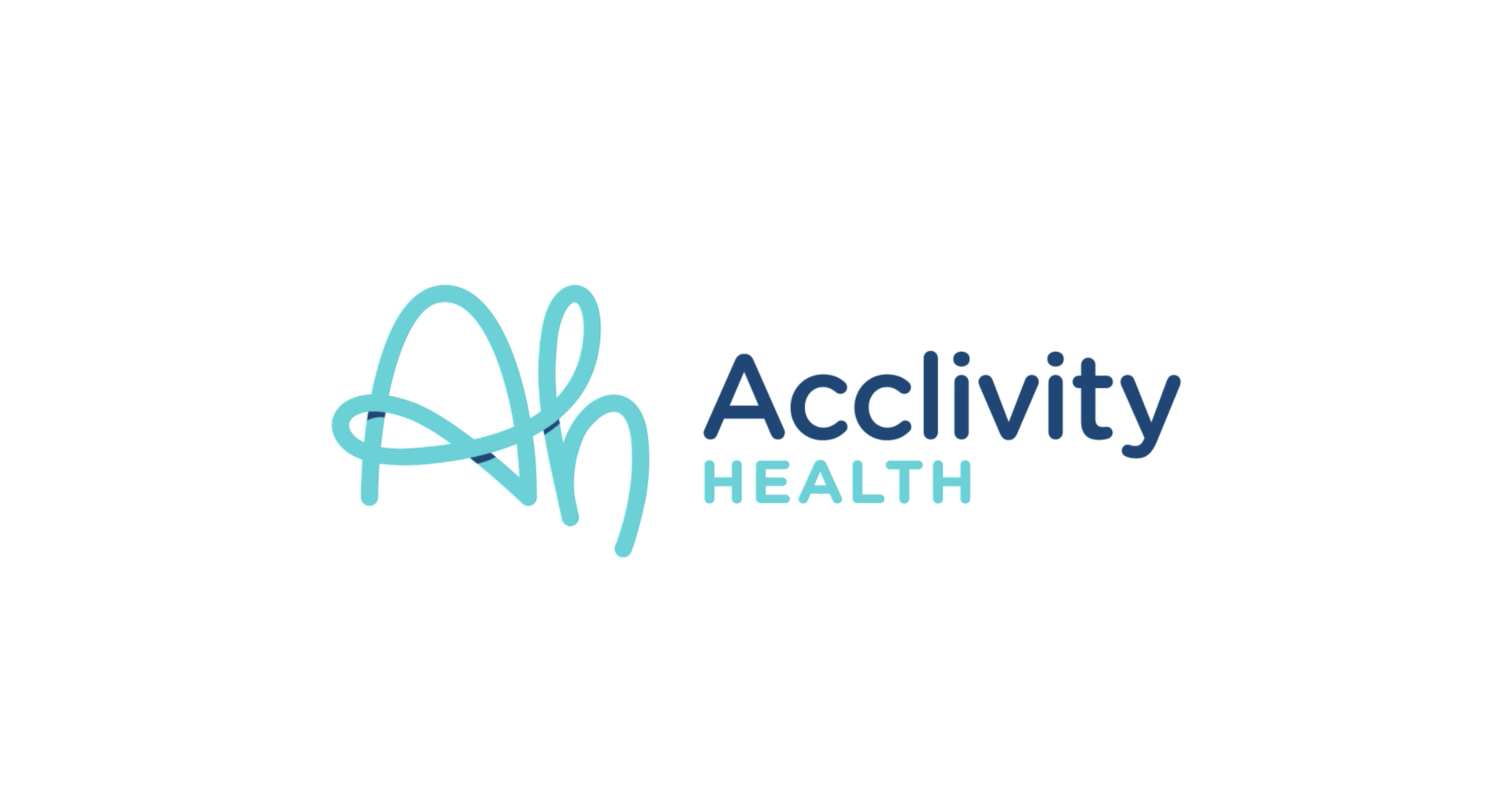The Centers for Medicare & Medicaid Services recently unveiled their Primary Care First (PCF) model to improve the quality of care for Medicare patients while reducing costs. PCF consists of two different payment model options and is based on the Comprehensive Primary Care Plus program. This new model will be offered in 26 states and regions beginning January 1, 2020, and may roll out to additional regions as early as 2021.
The Seriously Ill Population (SIP) model under PCF is designed for high-need, high-risk patients who are receiving fragmented or inadequate care. CMS seeks to better coordinate their care and avoid costly hospitalizations. To achieve this, CMS will be assigning SIP patients to participating organizations, and paying the providers a per beneficiary, per month fee to coordinate their care and keep them out of the hospital. Additional reimbursement is available for face-to-face visits and for achieving quality targets. Here are four reasons hospices should seriously consider participating in the SIP model:
1. Earn $275 to $375 or more per beneficiary per month for care management and palliative services that most hospices aren’t able to bill for today.
Most hospices provide some pre-hospice services to patients, like palliative care or transitions programs that are often not reimbursed by insurers. Under the new SIP program, hospices can continue to deliver these types of services, but will receive substantial reimbursement in return.
2. Secure relationships with hospice-eligible or soon-to-be eligible patients.
Participating in the SIP program means CMS will assign chronically ill, poorly managed patients directly to the hospice provider. When the patient is ready for hospice, they will be much more likely to select the hospice that is already caring for them in the SIP program. Participating hospices can also expect longer lengths of stay for these SIP patients. If a hospice doesn’t participate in the SIP model, those seriously ill patients will be assigned to other participating hospice providers.
3. Strengthen relationships with community providers by becoming a referral source for them.
Hospice business development and liaison teams spend a lot of time educating community providers about the benefits hospice can bring to their patients at the end of life, hopefully convincing these providers to refer patients into their care. Under the SIP program the roles are reversed, with hospices making referrals to specialists in the community for the patients under their care.
4. Get a jump on the hospice carve-in by contracting with Medicare Advantage plans participating in the SIP program.
Beginning in 2021, CMS will test coverage of the hospice benefit through Medicare Advantage (MA) plans. Medicare Advantage plans will seek to partner with high-quality hospice programs who are able to prove better outcomes than their competitors. Hospices can take this opportunity to develop relationships with participating MA plans, get experience dealing with MA contracts, and demonstrate the value their program provides. Hospices that don’t participate in SIP could be left behind when the carve-in comes by their competitors who did seize the opportunity to begin working with MA plans.
When it comes to caring for seriously ill patients, CMS recognizes the value hospices can provide. CMS is willing to pay big dollars to hospices because they know these groups are the best at keeping patients home and out of the hospital. Serious illness care is changing in the United States, and hospices are now in the driver’s seat.
Practices interested in using Acclivity Health’s connected care platform to thrive in PCF and SIP are invited to call 904.562.1368 or email info@8kw.3ce.myftpupload.com for more information.



